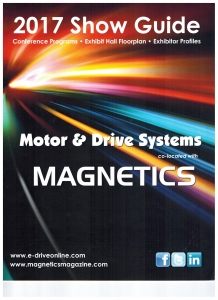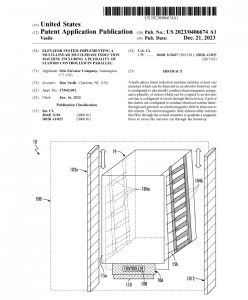Induction Versus BLDC Motors For The Oil And Gas Industry
The use of the Brushless DC motors with permanent magnets for large power applications is becoming very popular. A three-phase induction motor has a stall torque, making it easy to run; just connect it across the power lines. Also, it can be designed to run very efficiently at a given operation point, making it a very attractive choice for pump applications. By contrast, a BLDC motor does not have a stall torque and requires electronics to make it run. In spite of that, the motor can run very efficiently across a wide range of speeds and at a higher power factor. Therefore, the natural question is: Are the BLDC more or less fit than an induction motor? This presentation tries to answer this question by walking the reader through motor construction similarities and differences, the advantages and disadvantages of the use of each motor type, with a focus on the subsea oil and gas industry. Each motor kind has unique functional characteristics, making it the best fit for a given application.





